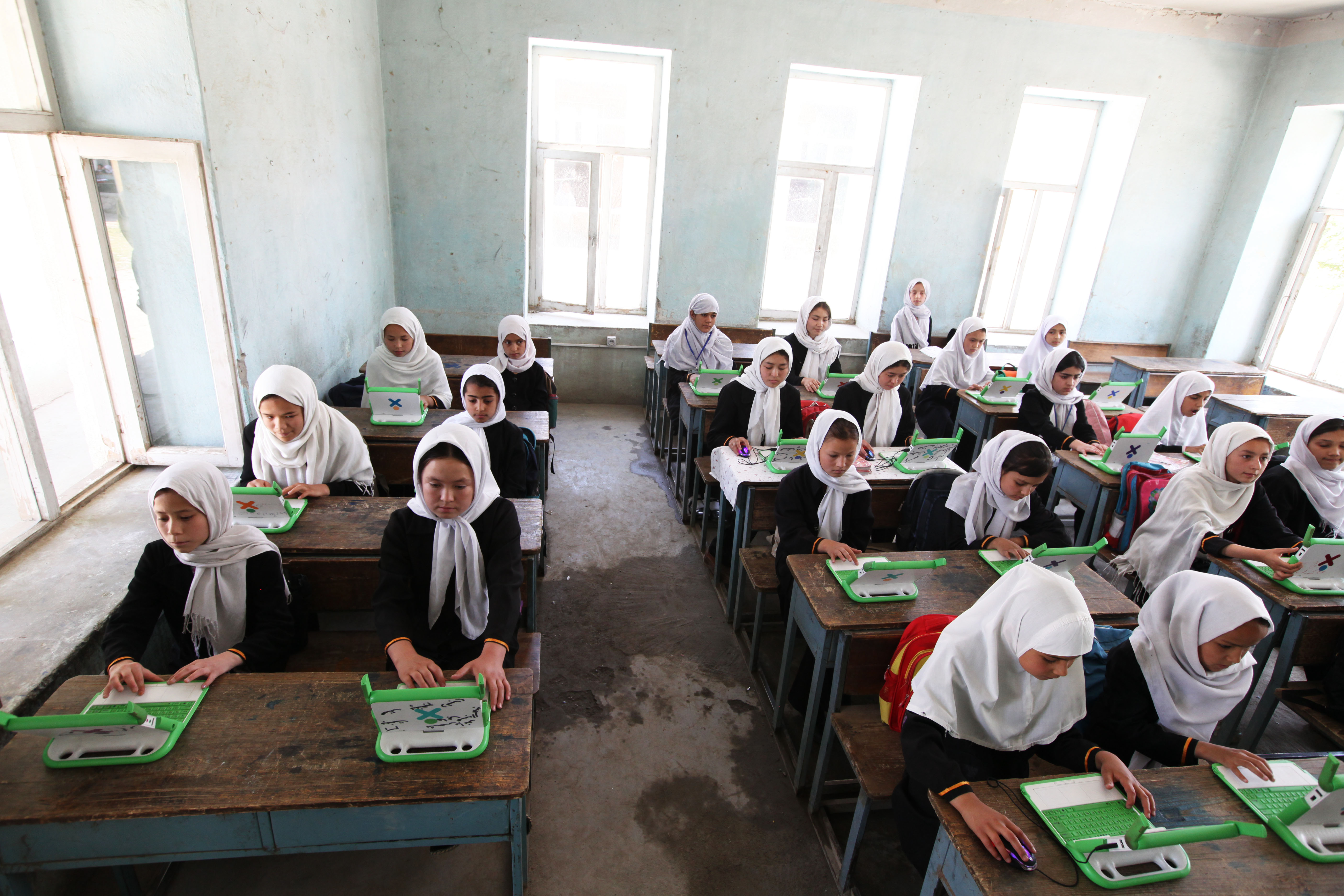OLPC is working in 9 schools and 5 cities in Afghanistan. Many of the schools have some limited Internet connectivity at home, but most families still don’t have Internet (though they may get GPRS coverage if they have access to a cell phone) in their neighborhoods or home compounds.
In Jalalabad, this is changing in part thanks to a mesh network run by FabLab Jalalabad. Through their FabFi network, many children with XOs and their families have access to the Internet (and Wikipedia) for the first time. Fast Company wrote up a good story on this, following the New York Times’s lead last Sunday (commentary).
Similar FabLabs with mesh networks have sprung up elsewhere, most notably in Kenya. I hope to see them spread more widely in Africa and Asia – it seems like a robust and scalable model for engaging communities in maintaining their own networks.


